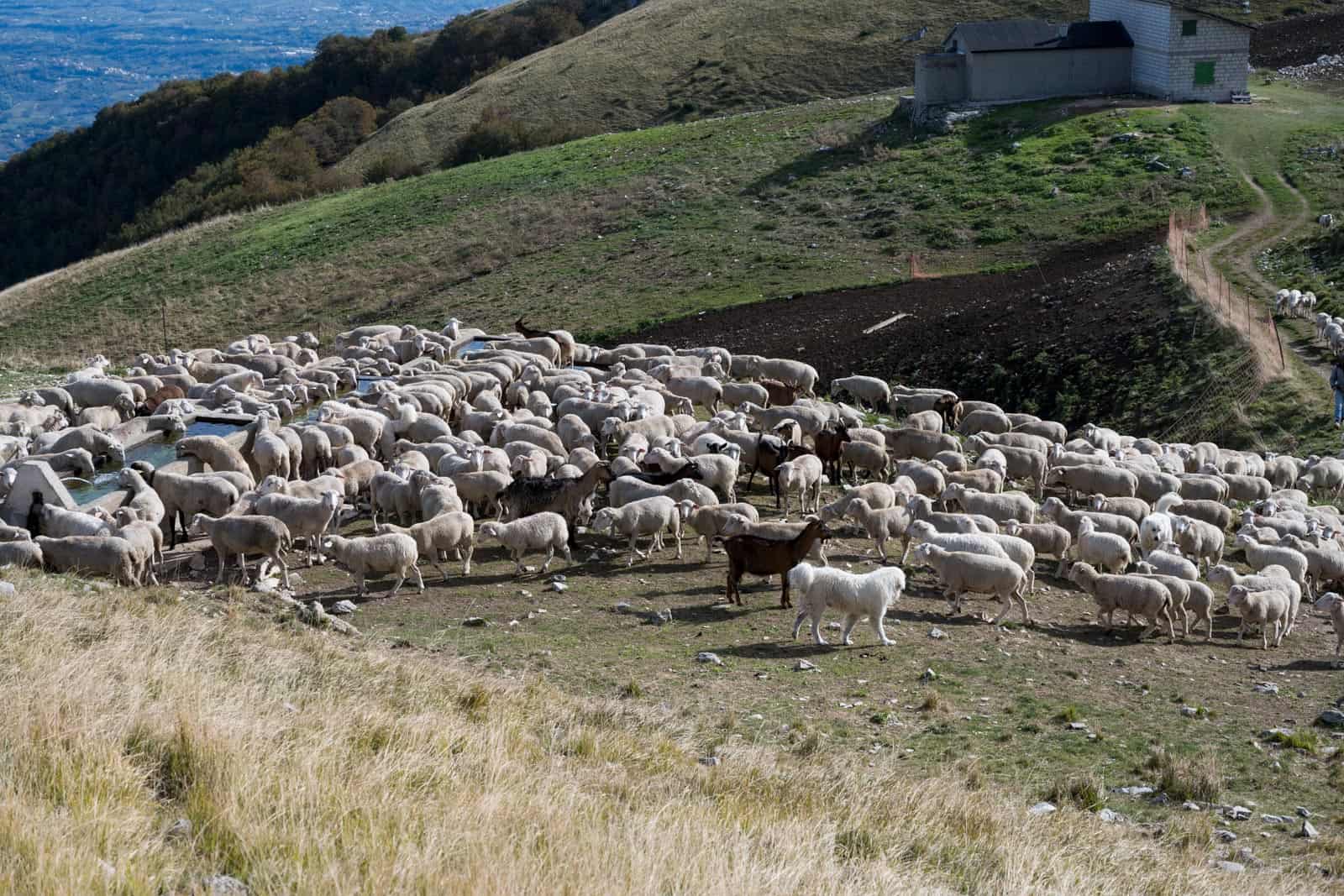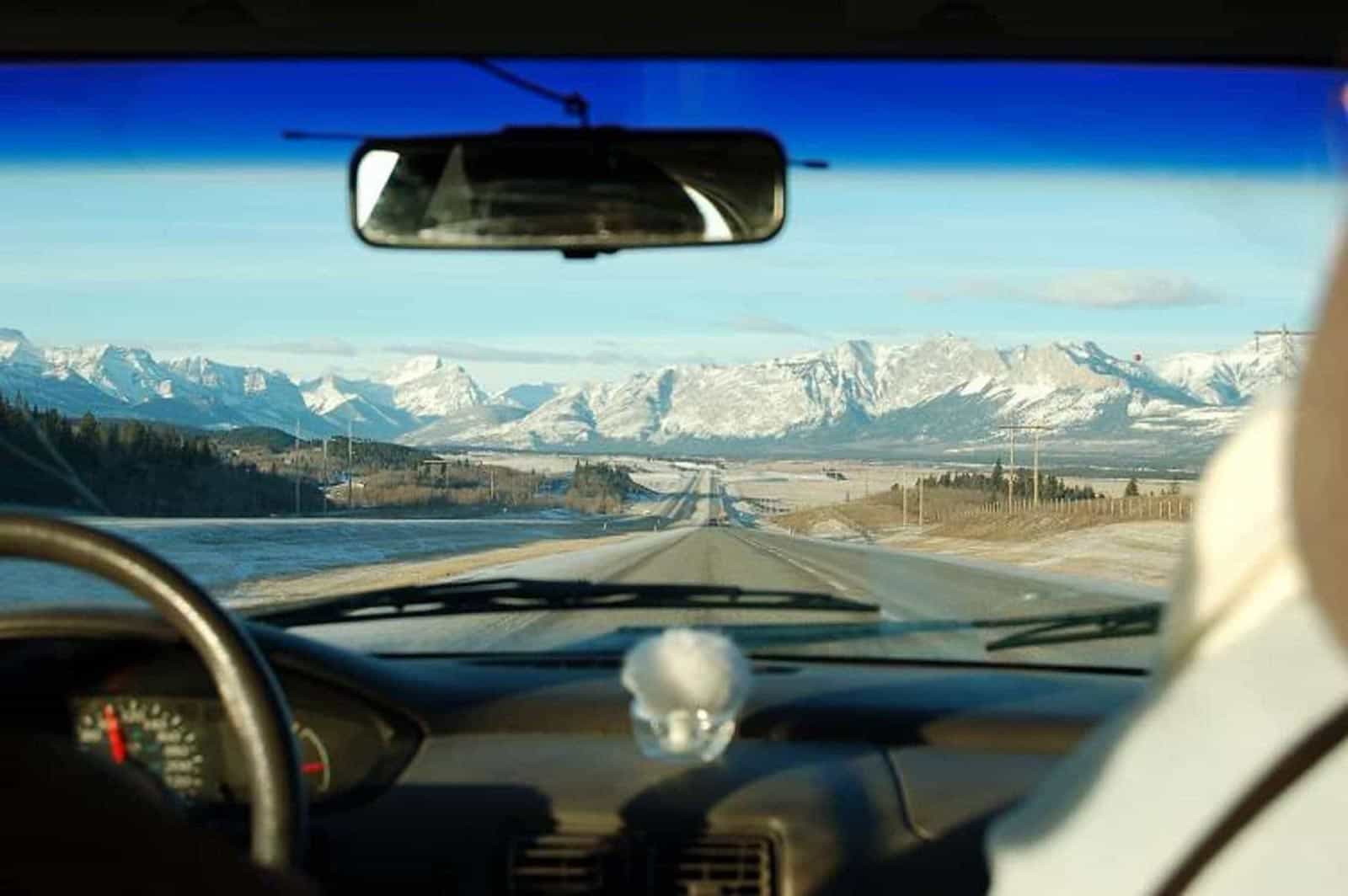The European Wilderness Society tentatively endorses the WILD11 Rewilding Charter
The ‘Global Charter for Rewilding the Earth‘ was developed as part of WILD11 – the 11th World Wilderness Congress. The congress was supposed to take place in March 2020 in India, but had to be postponed. Subsequently, the charter was approved by the Resolutions Committee and published in April 2020.
Please also read: To Spare Or Share Wilderness
The charter first states that humans have modified more than two thirds of the planet causing the Sixth Mass Extinction and the climate crisis. While we already know the problems for decades, humanity has failed to make sufficient progress. ‘Primary ecosystems’ and Wilderness have become rare, even though they provide a direct defense against these problems and many other benefits.
We believe that the world can be more beautiful, more diverse, more equitable, more wild. We believe that nature’s innate resilience, bolstered by human care, can initiate an era of planetary healing. […] All Earth’s creatures will be free to pursue lives of quality, and humanity will thrive amidst nature’s abundance.

Wilderness is the answer to some of the most pressing issues of our time
As a direct consequence, the signatories of the charter aim to “keep wild that which is still wild and accelerate rewilding efforts in areas that have been diminished”. The objective is an interconnected system of wild habitats. This includes national parks, wilderness areas, wildlife sanctuaries and marine protected areas.
Rewilding is about allowing natural processes to shape whole ecosystems so that they work in all their colorful complexity to give life to the land and the seas.

Nature-based solutions and intact ecosystems are crucial for maintaining biodiversity and storing carbon, thus counteracting the climate crisis. To prevent a catastrophe, we have to implement these solutions urgently. The resilience of ecosystems is not unlimited and many are already on the brink of collapsing. Nature is suffering from human activity ever more. If we continue like this, we will soon reach a tipping point, which could completely change everyone´s life.
To enable intact ecosystems, we have to facilitate natural processes. This means we have to end human disturbance like extractive uses or obstacles in waterways, e.g. dams. And we have to restore natural food webs. This includes key species we erased in many regions like large carnivores.
Principles of the Rewilding Charter
The charter defines 12 principles of rewilding:
- The ecosphere is based on relationships
- Making hopeful stories come to life
- Embracing natural solutions and thinking creatively
- Protecting the best, rewilding the rest
- Letting nature lead
- Working at nature’s scale
- Taking the long view
- Building local economies
- Recalling ecological history and acting in context
- Evidence-based adaptive management
- Public/private collaboration
- Working together for the good of ourselves and nature
In a spirit of hopefulness for the future of life, we call on individuals, communities, nongovernmental organizations, corporations, governments, and other institutions to advance efforts to protect remaining large wild areas and to support rewilding projects around the world.

The European Wilderness Society agrees that Wilderness is crucial in fighting the climate and biodiversity crisis. That is why the European Wilderness Society tentatively joins over 50 organizations in endorsing the negotiations process of a final charter.
The full charter:









Hi Mark,
we will look into that and await some input from you. The objectives seem good and the points valid.
Wild Regards Max
Here we go again – the Wild Foundation willingly being manipulated by Rewilding Europe and expecting us all to be sucked into it. I just don’t see why the Wild Foundation should be the rallying point for global rewilding.
A reference (#34) attached to the Principles says they were adapted from Rewilding Europe’s Call to Action for a Wilder Europe – this reference was not shown in the draft Charter that some of us were provided with, and neither was the Appendix. The Charter says that Appendix A – CONSTITUENCIES AND ACTIONS FOR REWILDING builds upon “the work of rewilding organizations from 15 different European countries in the Call to Action for a Wilder Europe”. I recognised these principles in the draft – I’m pretty sure they were thrashed out last October during a Rewilding Europe gathering held in Cuenca, E of Madrid. Peter Cairns of Scotland The Big Picture and the Scottish Rewilding Alliance was at this gathering, and reported that “rewilders” from 12 countries were there “to formulate a Call For Action for rewilding across Europe”. Rebecca Wrigley of Rewilding Britain was also there, another organisation signed yup to Rewilding Europe, and I expect that the others were from the nine Rewilding Europe project areas. Pretty unrepresentative, then, without any challenge or other interpretations made available, and these principles became Rewilding Europe’s Call to Action!
This is an unwarranted influence from Rewilding Europe, a private Dutch Foundation that continually seeks to downplay predation in trophic ecology when its goal is to maintain open landscapes through a trophic imbalance. It has no intention of ever actively supporting the reinstatement of large carnivores, nor seeking connectivity for wild nature to overcome habitat fragmentation, in spite of what its propaganda may say.
Rewilding Europe has claimed that the Charter – a “visionary document” – followed their Call to Action for a Wilder Europe, and had “a similar message” – that’s because it has the same message! That’s the point of it, and the involvement of one of its staff in producing the Charter ensured that it did, as this same person did for Rewilding Europe in the last World Wilderness Congress document – A vision for a wilder Europe – that received many complaints!!!!
Rewilding Europe always need to keep the momentum going in their promotion and propaganda to maintain a facade over their scam. This is the use that Rewilding Europe is going to make of the Charter:
“The Global Charter is directed towards a wide range of organisations for incorporation in their actions and policies, including major institutions such as the Convention on Biological Diversity (CBD) and IUCN. It will also be submitted during the formal public comment period for the United Nations Decade on Ecosystem Restoration 2021-2030”
Global rewilding charter strengthens worldwide call for nature recovery, April 16, 2020
https://rewildingeurope.com/news/global-rewilding-charter-strengthens-worldwide-call-for-nature-recovery/
Thus Rewilding Europe is getting its agenda into the mainstream again, with it now appearing to have global backing. Not for nothing has environmental philosopher Jozef Keulartz observed “In Europe, rewilding has gone Dutch”
I would have approached a “charter” on rewilding very differently – it does not address the rights of wild nature, the equality that is needed to ensure there is equitable space for wild nature and that this needs a transformational paradigm shift in the relationship between humans and nature so that it changes its mindset to wild nature. Insufficient attention is being given to understanding how wild nature can have a meaningful existence against a backdrop of human exploitation. The Nature Needs Half initiative is symptomatic of a global concern, but it does not address habitat fragmentation and movement ecology, the life history of species, and coexistence with humans in the middle landscape. Some elements of protected area systems have given wild nature a space of its own, removing it from confrontation with humans. However, these strictly protected areas are often too small to accommodate the life history of wide ranging species, and little thought is given to what happens on dispersal outside of the protected areas, nor if species inside these protected areas have any long term future as isolated populations.
Conservation biology, in its recognition of the implications of the latter in terms of extinction dynamics, island biogeography, population biology, genetics, and landscape-scale ecological restoration, and in its vital advocacy of networked systems of core areas connected by wildlife movement linkages, is now seeing fruition in such as the Wildlife Corridors Conservation Act in America. It is paralleled by the Council of Europe’s pan European biological and landscape diversity strategy through which has developed the Pan European Ecological Network (PEEN) as a guiding vision for spatial coherence in assisting conservation of wild nature. A number of countries, such as Germany and Hungary, have the development of ecological networks written in to their legislation on nature conservation, and others have spatial studies on the back of PEEN. The question has to be asked what lessons can be drawn from examples of corridors and connectivity projects as conservation strategies from around the world so that an overall spatial strategy can be developed for land allocation and use between wild nature and humans reaching down through bioregional to local level. It has to be predicated on full trophic occupancy and thus the perpetuation of wide ranging species through strictly protected core areas connected by wildlife movement linkages. This is the original meaning of rewilding.
Time for all of us to view the wilderness and nature as a living entity and not something tucked away in a national park. At the end of the day it will affect everyone of us and generations to come if the natural world is continually degraded.